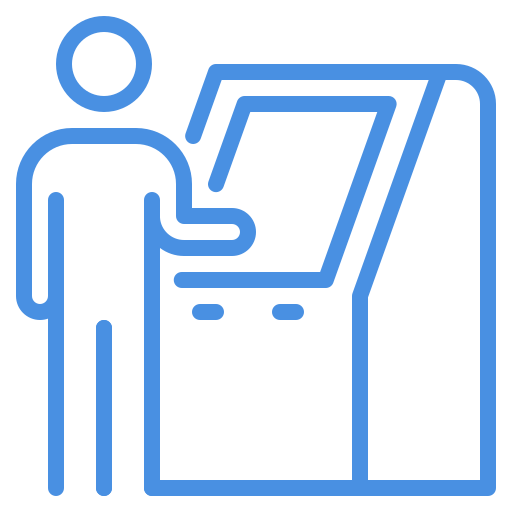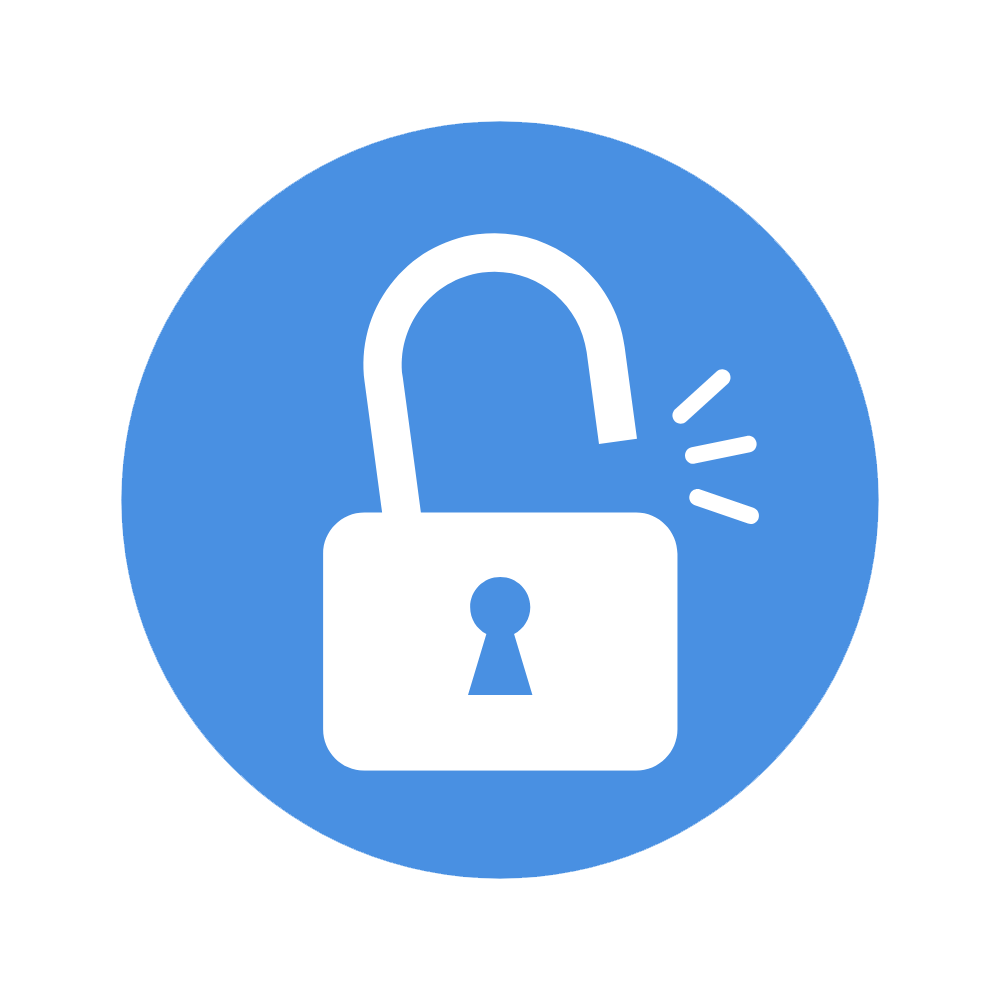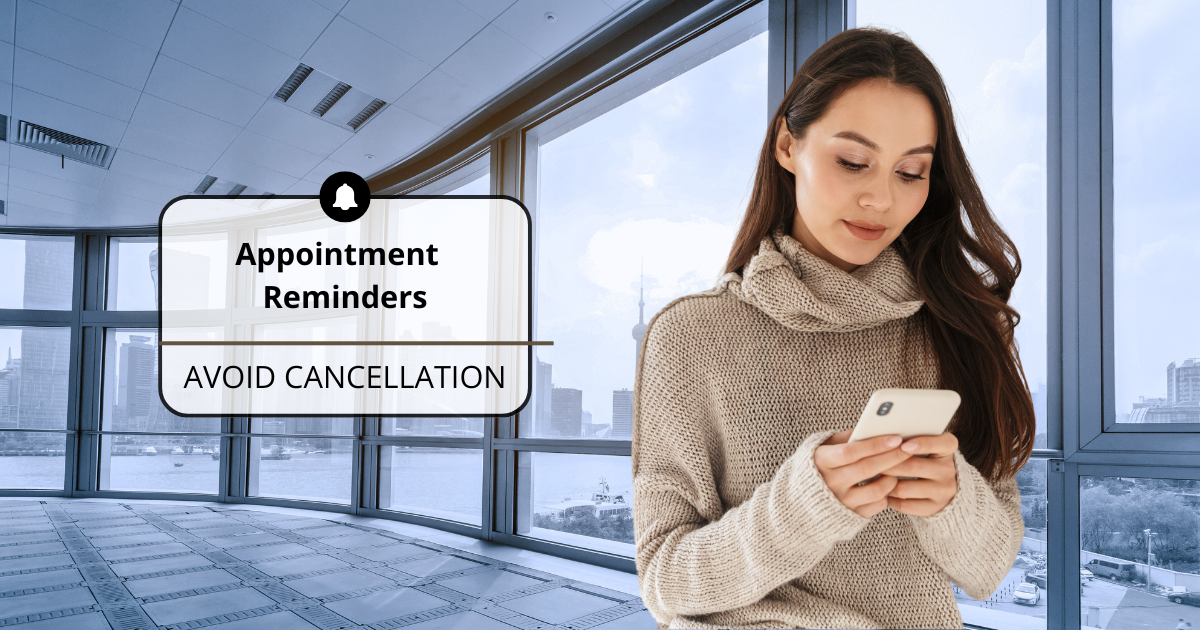Caregiver Training Essentials: A Guide to Billing and Education
A complete guide on caregiver training essentials, covering billing and education to enhance workflows and patient care | HelloNote EMR.
Starting a career in caregiving comes with the responsibility of not only assisting patients but also providing support and guidance to their caregivers. Understanding and effectively utilizing caregiver training codes is fundamental to ensuring proper care while maintaining compliance for billing. This guide aims to illuminate the path for beginners entering the caregiver business.

Understanding Caregiver Training Codes:
Clarification of Codes 97550, 97551, 97552
97550 (Initial 30-minute Training): This code initiates caregiver education, covering the basics without the patient present. It’s an essential starting point, focusing on strategies to enhance a patient’s daily functional performance.
97551 (Additional 15-minute Sessions): Following the initial training, this code extends sessions by 15 minutes. It’s a tool for gradual, in-depth learning, best applied when exploring more advanced techniques beyond the initial training.
97552 (Group Caregiver Training): Tailored for beginners, this code facilitates group learning. Multiple sets of caregivers receive instruction together, creating a collaborative environment for shared experiences and strategies to enhance caregiving skills.
These codes follow the mid–point rule, that is, you must provide at least 16 minutes of caregiver training services to bill 97550. After the first 30 minutes accounted for by 97550, you must provide at least 8 minutes of additional training to bill 97551.
Insights into Medicare’s Stipulations

Understanding Medicare’s guidelines is vital for caregivers:
• Intent Behind Coverage: Medicare recognizes caregiver behavior management training as a crucial component of patient care. This acknowledgment aligns with recent healthcare directives emphasizing the significance of comprehensive caregiver support in the overall treatment plan.
• Compliance Requirements: To ensure proper reimbursement and billing accuracy, caregiver training must align with Medicare’s specific approval criteria. These criteria outline the conditions and standards that caregiver training sessions need to meet for compliance with Medicare guidelines.
Real-World Example: If you’re providing behavior management training for a caregiver of a patient with dementia, it’s important to make sure the service aligns with Medicare’s behavior management guidelines for reimbursement.
Effective Teaching Methods for Caregivers (Practical Strategies for Instruction)

For caregivers to deliver optimal support, these approaches are beneficial:
• Engaging Education: Use interactive methods like video demos and verbal instructions.
Basics of Video and Live Demonstrations: Beginners benefit from foundational methods like video demonstrations and live guidance. These approaches provide a visual and interactive learning experience, making it easier for novice caregivers to grasp essential caregiving techniques.
• Enhanced Patient Care: Educate caregivers to elevate the patient’s home environment and safety.
Foundational Skills Building: Novice caregivers concentrate on building foundational caregiving skills. These include basic safety practices, effective communication techniques, and fundamental problem-solving approaches. The emphasis is on establishing a solid skill set to provide essential patient care.
Example: Use a live demonstration to show caregivers how to safely lift a patient out of bed, emphasizing proper body mechanics to prevent injury.
Simplified Billing Guidelines (Tips for Accurate Billing)

Precision in billing is crucial; follow these simplified guidelines:
Norm Adherence: Adherence to billing norms implies following the established standards and guidelines set forth by the billing authorities or insurance providers. In the context of caregiver training, this involves accurately reporting the services provided during training sessions. Each caregiver training code (97550, 97551, 97552) has specific criteria and conditions for billing, and it’s crucial to adhere to these norms to avoid discrepancies or potential issues during the billing process.
Adhering to billing norms is essential for maintaining transparency, accuracy, and compliance in the billing process. It ensures that the services provided are appropriately documented and billed, reducing the risk of claim denials or audits.
Example: If a caregiver training session includes both the initial 30-minute training (97550) and an additional 15-minute session (97551), it’s vital to accurately reflect these details in the billing documentation to align with the specific requirements of each code.
• Streamlined Methods: Streamlined methods refer to adopting simplified and efficient approaches to the billing process. In caregiver training, this involves employing clear and straightforward techniques to document and submit billing information. It may include using user-friendly software, templates, or systems that facilitate easy and accurate billing without unnecessary complexities.
Streamlined billing methods enhance efficiency, reduce the likelihood of errors, and save time for both caregivers and administrative staff. It contributes to a smoother workflow and ensures that billing procedures do not become cumbersome, especially for those new to the caregiver business.
Example: Utilizing a specialized therapy practice management software like HelloNote can be considered a streamlined method. HelloNote is designed to simplify billing processes, providing users with intuitive interfaces and features that make billing for caregiver training sessions more straightforward and less time-consuming.
In summary, beginner caregivers must grasp the significance of proper training and billing accuracy. Adhering to Medicare guidelines, employing effective teaching methods, and mastering billing procedures are essential components of successful caregiver training, made seamless for HelloNote users.
Ready to streamline caregiver training with HelloNote? Experience efficient billing and comprehensive documentation. Try HelloNote today – no setup fees or contracts!
Here is the Updated Caregiver Training Codes 2025: Essential Tips for Therapists and Billing Success.
























